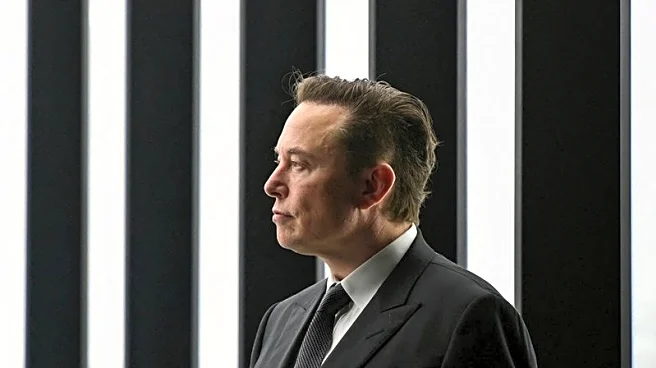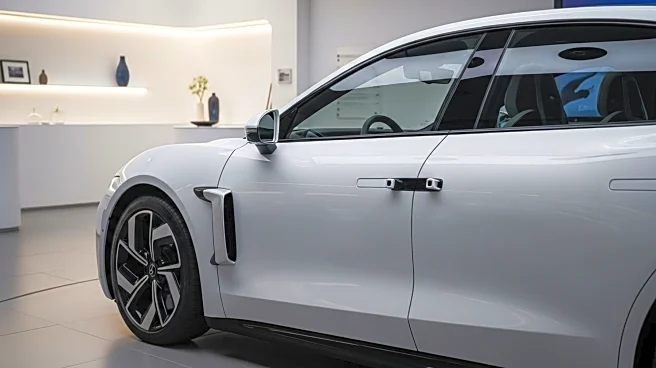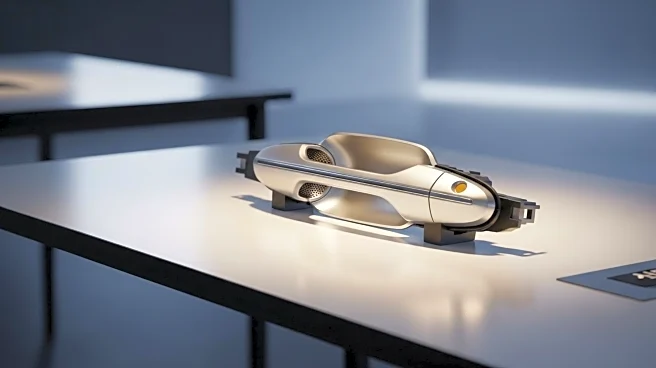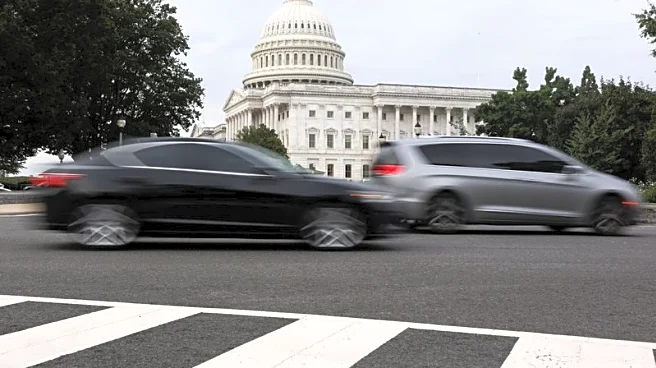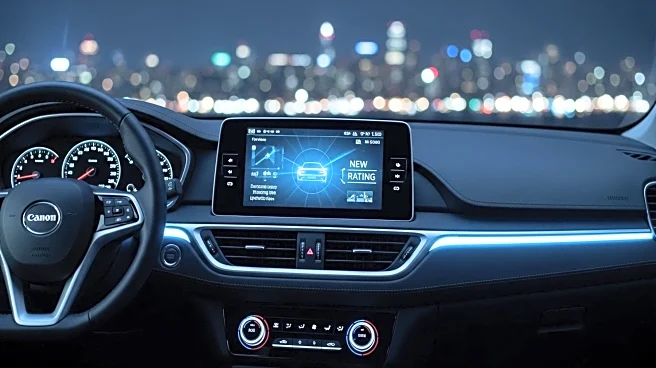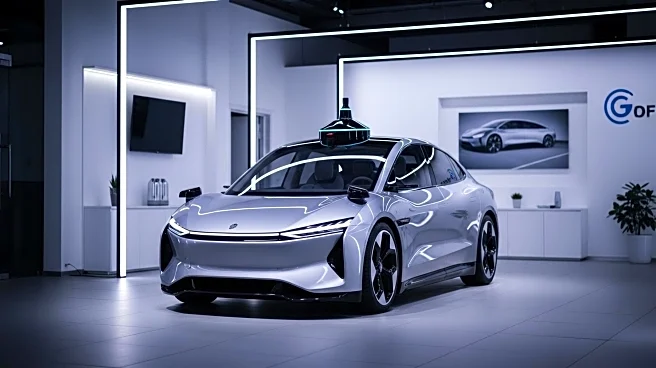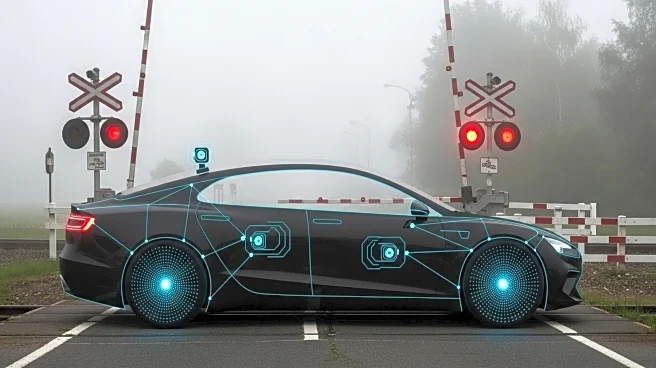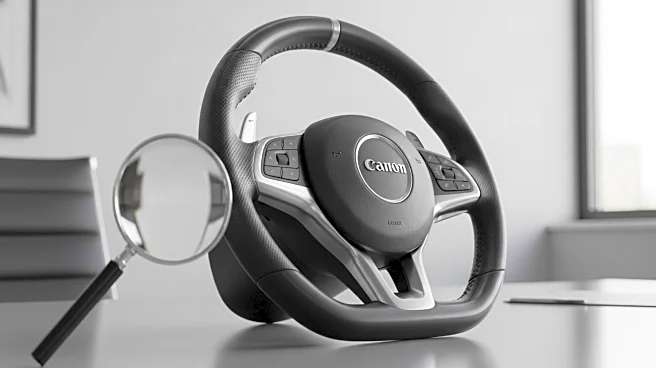What's Happening?
Tesla is addressing safety concerns related to the emergency release mechanism in the Model Y's rear doors. A couple in Virginia reported being trapped in their vehicle after an accident, prompting scrutiny of the car's design. The rear door emergency release is difficult to locate and operate, especially in stressful situations. Tesla acknowledges the issue and is working on a redesign to make the release mechanism more intuitive. The National Highway Traffic Safety Administration (NHTSA) has opened an investigation into the matter, assessing the reliability of Tesla's door lock power supplies. Tesla's chief designer, Franz von Holzhausen, stated that the company is exploring ways to integrate electronic and manual door-release mechanisms.
Why It's Important?
The safety concerns surrounding Tesla's Model Y highlight the importance of intuitive design in emergency situations. The issue has implications for passenger safety and could affect Tesla's reputation for innovation and reliability. The NHTSA investigation may lead to regulatory changes, impacting Tesla and other automakers. The redesign efforts reflect the industry's need to prioritize post-crash safety features, potentially influencing consumer trust and market dynamics. Stakeholders, including car owners, regulators, and safety advocates, are closely monitoring the situation.
What's Next?
Tesla is expected to implement design changes to address the emergency release issue, potentially setting a precedent for other automakers. The NHTSA investigation may result in recommendations or mandates for improved safety standards. Tesla's response and redesign efforts will be crucial in maintaining consumer confidence and addressing safety concerns. The company may also face pressure to retrofit existing vehicles with updated mechanisms. The outcome of these developments could influence future automotive safety regulations.
Beyond the Headlines
The situation underscores the ethical responsibility of automakers to ensure passenger safety beyond compliance with federal standards. It also highlights the cultural shift towards prioritizing safety in vehicle design, reflecting changing consumer expectations. The incident may lead to broader discussions on the role of technology in enhancing vehicle safety and the balance between innovation and practicality.

